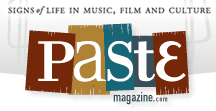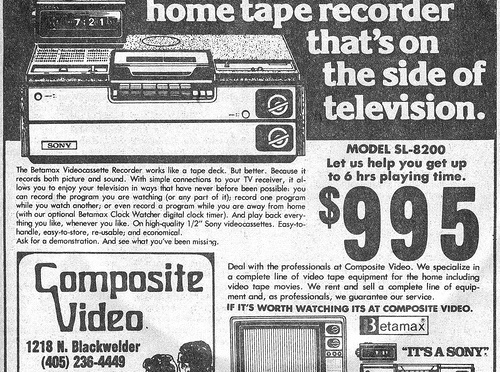 The March issue of Paste magazine offered an interesting dichotomy. A full page promo on page six, right after the table of contents offers a glimpse of what is available on their site. There is a specific URL pointing people to the issue-specific version, so if you get the magazine second-hand, like me, then you will be getting the content they mention.
The March issue of Paste magazine offered an interesting dichotomy. A full page promo on page six, right after the table of contents offers a glimpse of what is available on their site. There is a specific URL pointing people to the issue-specific version, so if you get the magazine second-hand, like me, then you will be getting the content they mention.
Readers are lured with mp3 from artists in this issue, music videos, a video podcast, and a “react” section where you can voice your opinion or add yet another list to the world of rock-n-roll. Film trailers, blogs, and 10+ daily updated news stories round out the bait.
When you visit that URL, pastemagazine.com/issue40, you are presented with an even more vanilla brochure of links than was in the paper magazine. Only after you click those links, things get interesting. I would imagine that they are using a separate URL in order to track the effectiveness of what amounts to a large piece of real estate in the printed edition.
I understand what they are up to here; having teases for the web content after each story may not present enough of a benefit to readers. Having the content all in one place [closely following the table of contents in the print edition] gives readers a stronger value proposition. “I can get all of this if I go to the web?” That may be enough. I would be
Item No. 2: a few pages later, we are greeted by another full page of names in about 8 point font. These are not the names of best guitar solos on some rock list, but rather the names of those that paid more for their subscription to the magazine than the offered rate. “Paste” asked their readers to pay what they felt was a worthy amount for a subscription. If you paid more, you got nothing but your name in this special section. [And the magazine, of course.] Someone was a show-off and paid $70!










